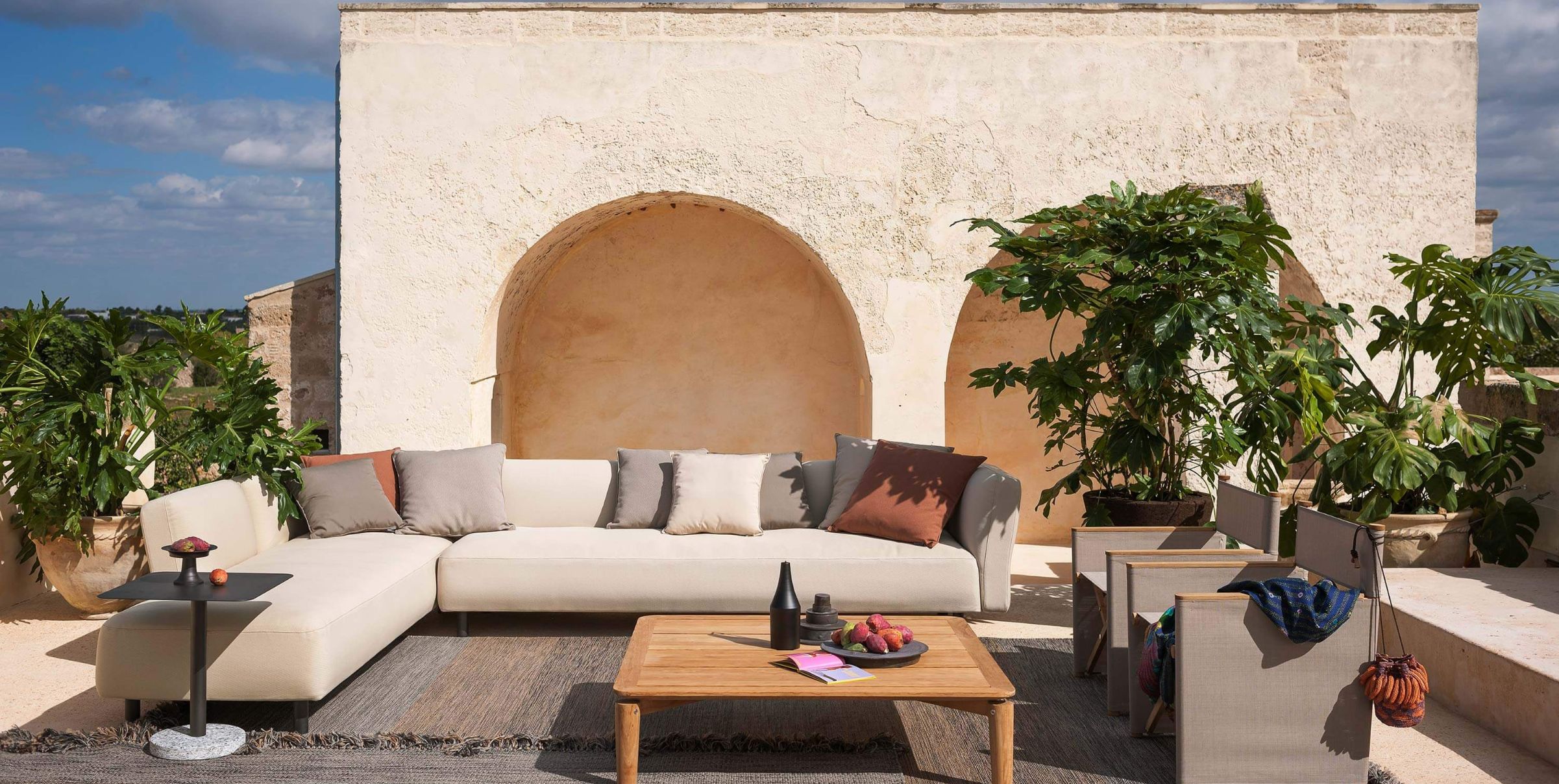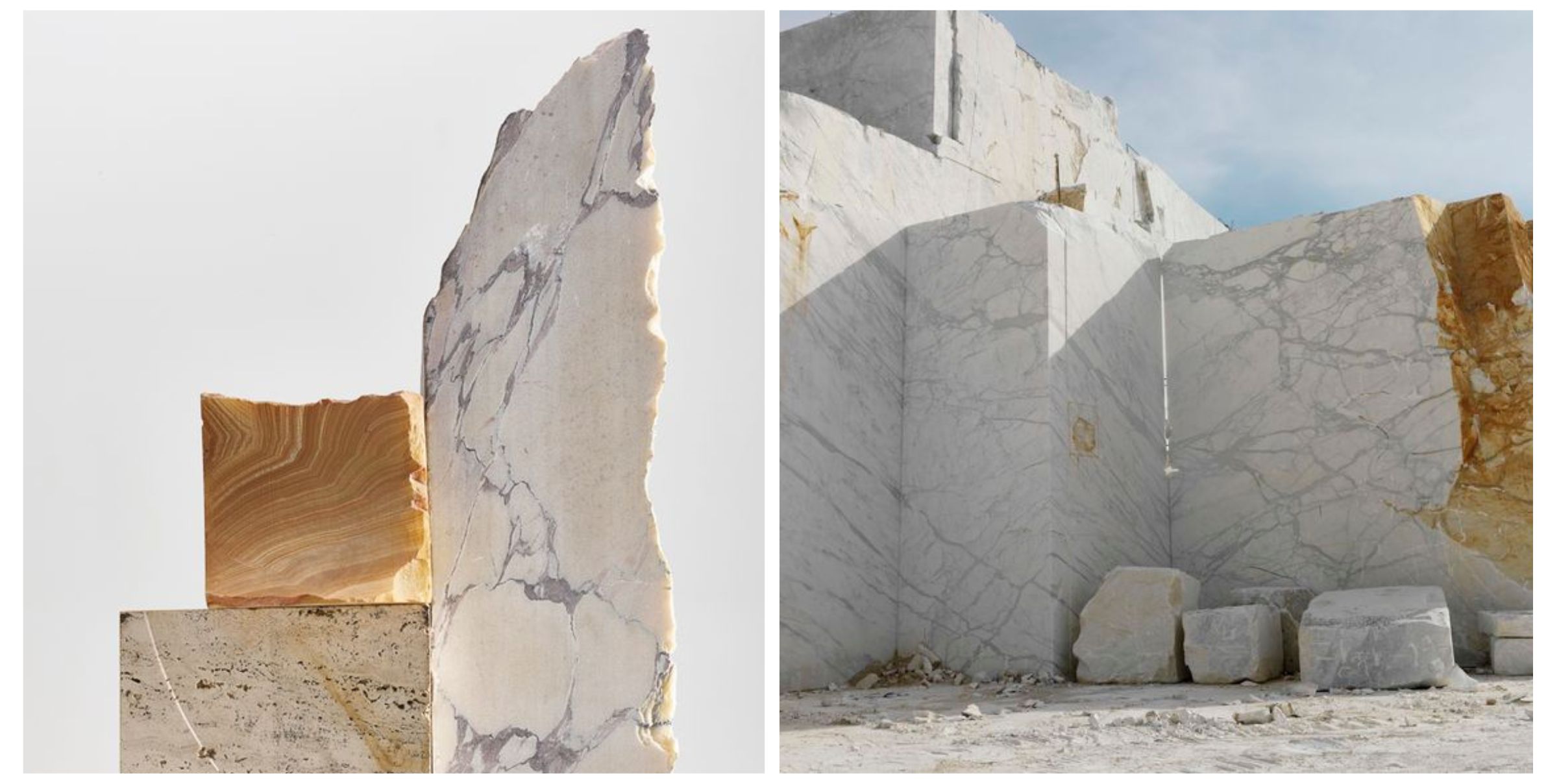
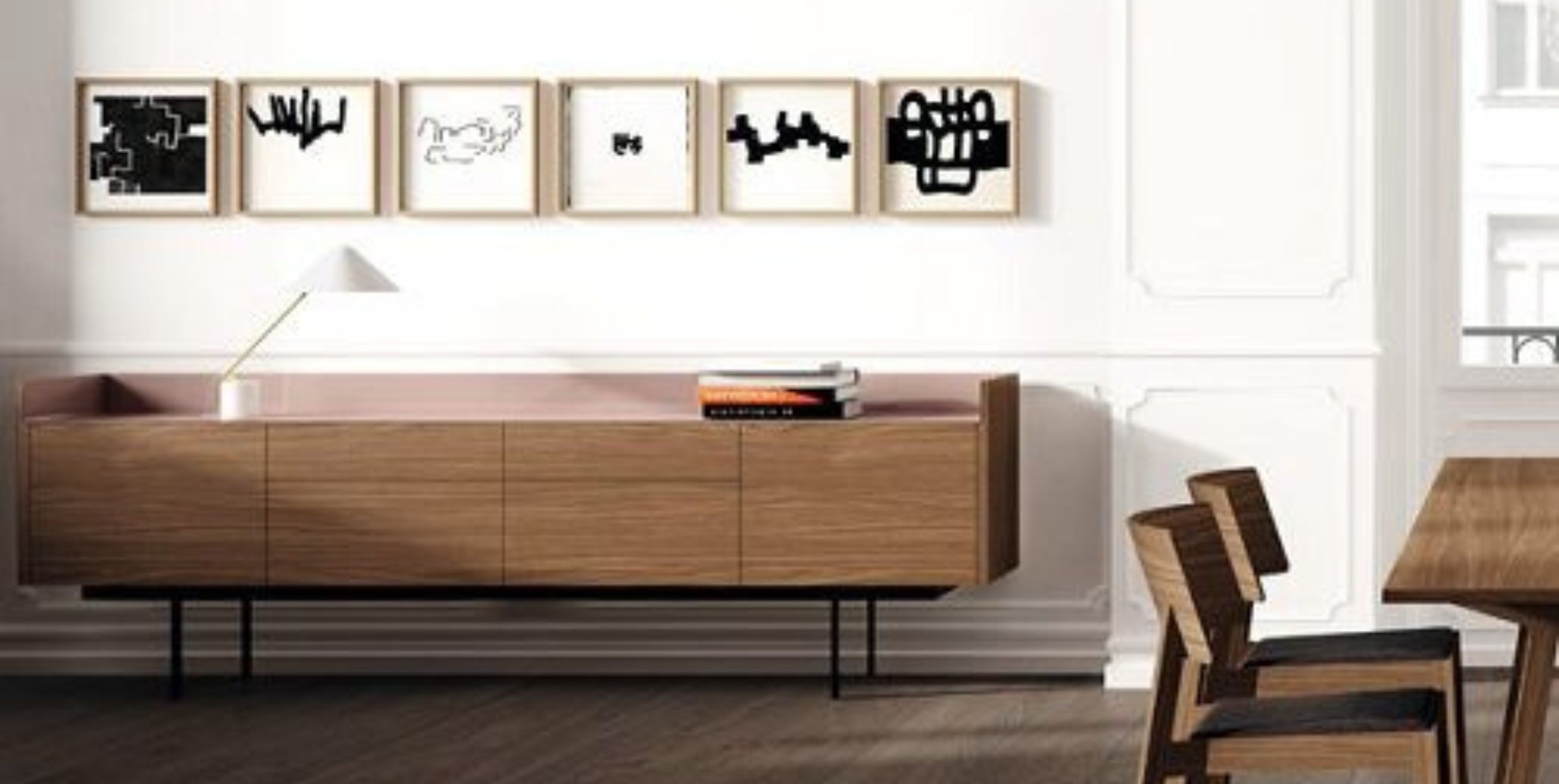
Choosing Finishes For Your Wooden Furniture
Interestingly, it’s as though the finish can be the start of your interaction with a product! We’re highlighting popular, classic finishes that can help you define the aesthetic signature of the space for which you’re choosing that table or chair.
In one space, every product’s finishing can really make all the difference to the overall look and feel. How? It depends on the variety of finishes that you’re trying to combine, or layer together.
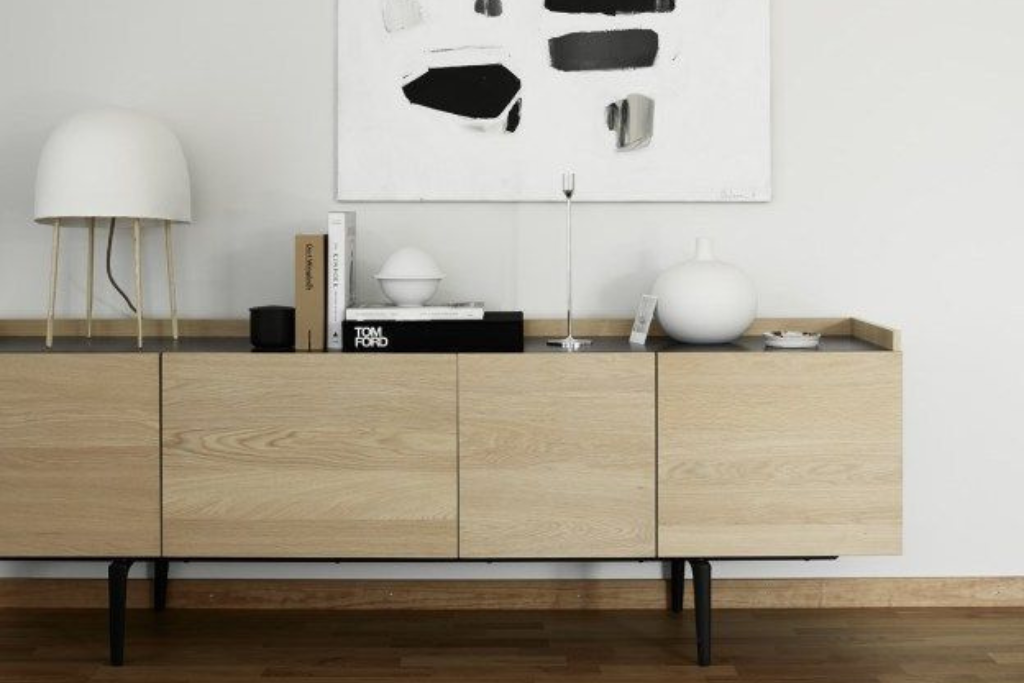
LET’S KEEP IT SIMPLE & STAY CLOSE TO THE SOURCE ITSELF
Wood is an eternally beautiful choice, because there’s something special about each one, just as it is.
The ‘timeless trinity’ is believed to be teak, oak, and walnut: for how strong, and how resilient to the elements they can be. Ashwood is a steadily growing contemporary choice, being so lightweight and easy to move around.
So, why not choose a polish for solid wood that works with the natural strengths of the material itself? As a basic thumb rule, lighter polishes on naturally dark wood work better, than the other way around. It’s not that you can’t apply a darker finish to a lighter wood, but eventually, it would take away from the natural appeal of the wood, and the benefits of the wood finish.
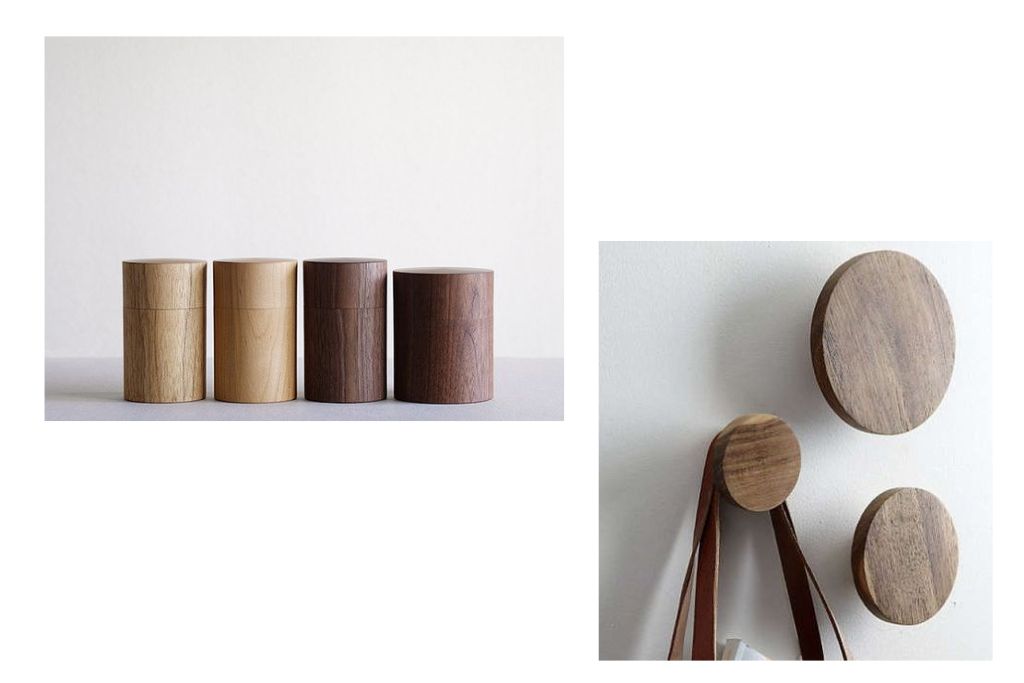
THE BASIC FINISHES MIGHT JUST BE THE BEST ONES!
With woodcraft and wooden finishes, marrying rustic-chic with refined luxury is an experiment that continues to capture the imagination.
Let’s begin with the timeless trinity itself!
Oakwood finishing can run from medium beiges, to some on the blush-brown end of the spectrum. They’re relatable because they don’t overwhelm the senses, especially if you’re new to the activity of searching for the right finishes. It’s easier to appreciate the direction of the wood’s grain as well; or delight in the attractiveness of unexpected patterns, which is seen naturally in oakwood itself. That an oakwood piece is rejuvenated with an oakwood finish, thus, goes without saying.
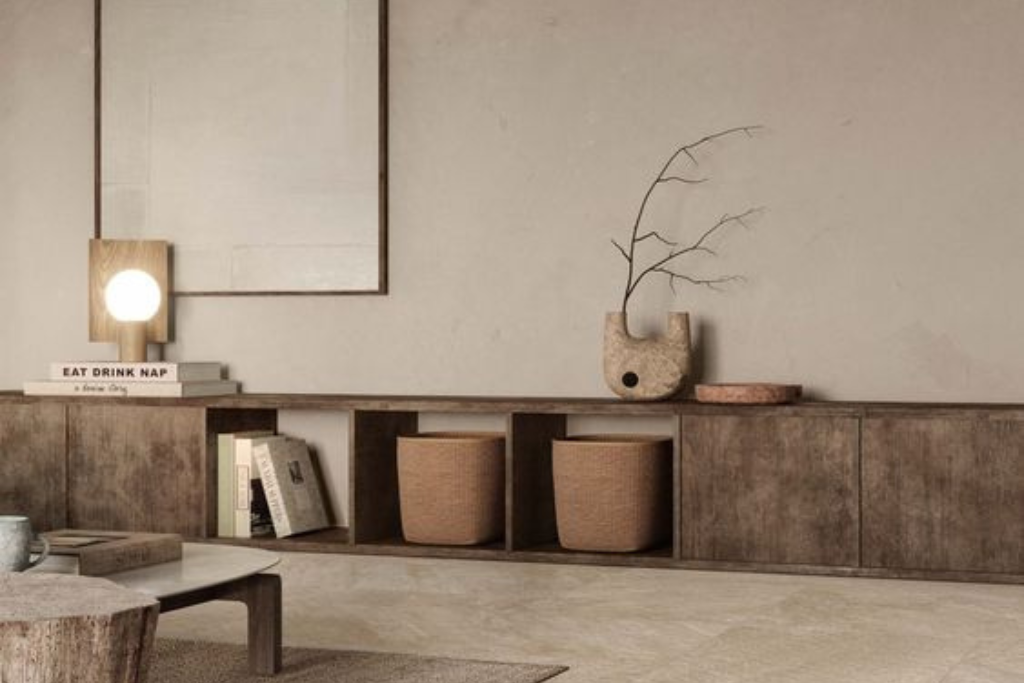
Lighter Oakwood finishes also help you balance the warm-cool-warm effect very well, if you don’t want to pick too many colours and finishes to reflect seasonal changes in your space.
Teak finishes appeal to very classic tastes. They’re deep, rich, and can be very sumptuous, infusing old-world enigma and romance even in the most subtle corners. When choosing teak finishing, it’s worth enquiring about the amount of oil, if at all, in the constitution in the polish. Or, discussing the feasibility of re-oiling the piece of furniture, should it also be made of teak. The invigoration of natural grain and texture is worth a try. If it won’t leave you spellbound, at least it’s not going to harm your furniture, either.
Walnut finishing – more so if on a furniture piece of tight-grain walnut wood – is a form-function investment. With woodcraft, it can be a surprising challenge to find that perfect expression of understated decadence, or quiet exclusivity, for the long run. Walnut for the win here. Hues of walnut finishing represent the ‘just right’ end of the colour spectrum – not too light, but not too dark, either. As with teak, it’s worth discussing polish constitution or future re-application, if a much darker finish is more desirable.
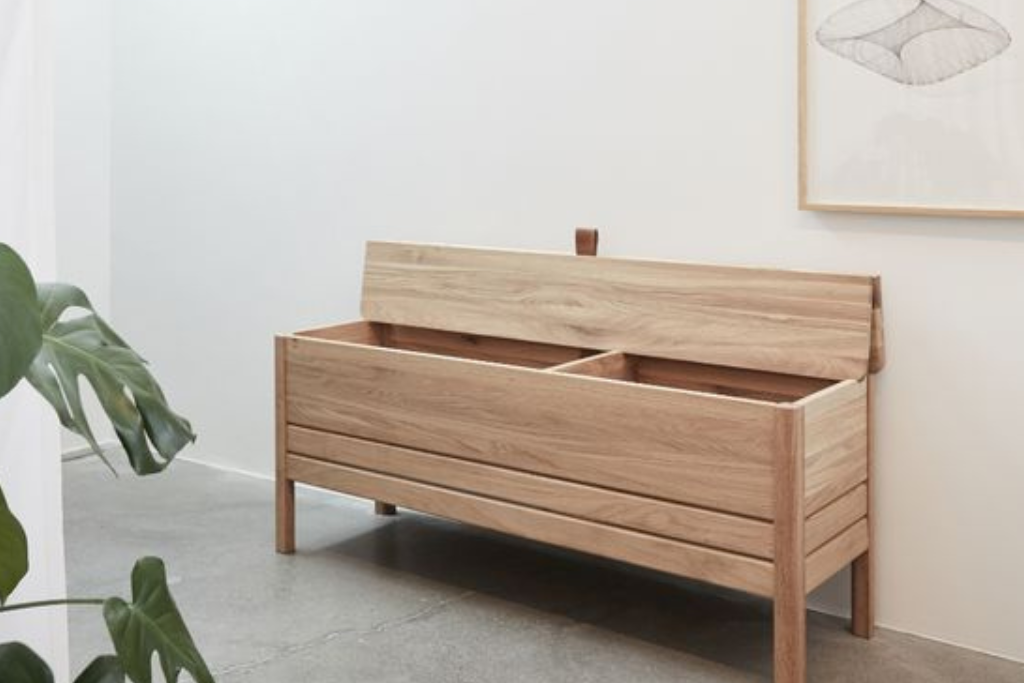
Ashwood finishes – reflecting the same quality of the wood itself – tend to be much lighter shades of brown, with ash-silvery white streaks accentuating the usually straight, and smooth grain. It’s very pleasing.
Besides, the ‘combined lightness’ of colour, texture, finish, and weight makes ashwood even more attractive for practical spaces where utility or ease of execution trumps everything else. Ashwood finishes also lend something of an ethereal touch, so there’s a sensation of extra weight just falling off – a quality most welcome in tighter spaces. Limewash finishes are trending more than they ever have. It’s for their ability to lighten up the appearance of a darker wood, but still maintain some of that original depth. Chalky streaks, and even slightly clouded, or mottled texture clusters in a limewash finish make for an eye-catching touch to the natural striations in the wood upon which the polish is being applied. The wood grain is appreciated for what it is, with a subtle suggestion of a different character – it’s almost as though the limewash finish acts as an HD ‘overlay filter!’
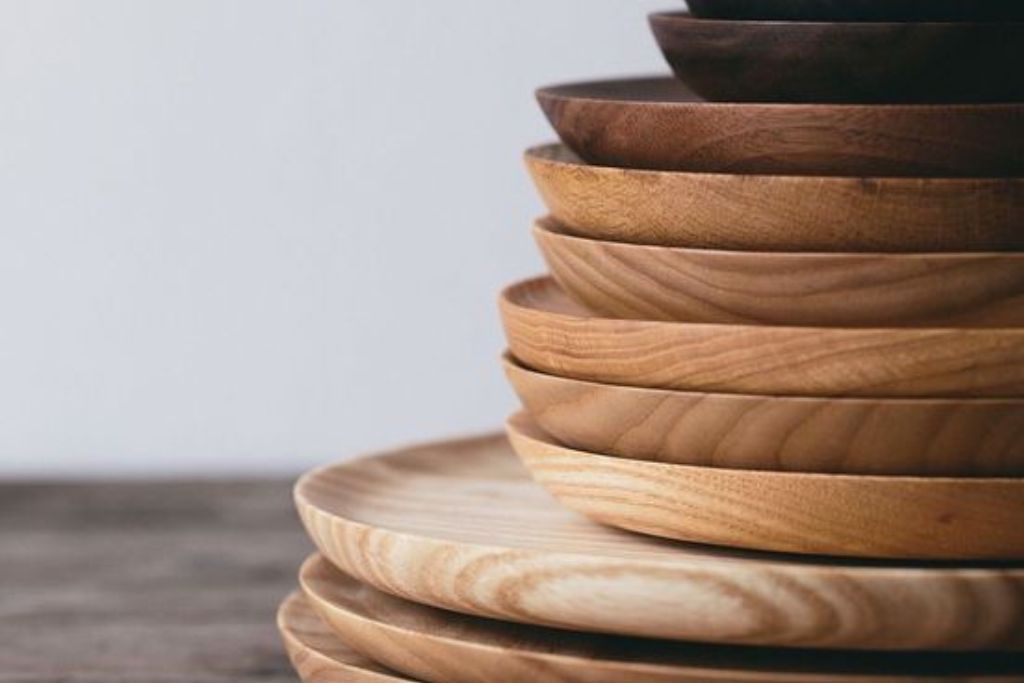
WHY MATTE, THOUGH?
For the sheer sophistication of it, simply put. Matte finishes flow evenly, and there’s both strength and gentleness in the consistency. Be they light and dark monochromes – or textured – matte finishes can actually have a meditative, zen quality. With non-matte alternatives, there’s always that risk of high gloss, or high glare intensities that aren’t just painful, but also capable of putting you off an otherwise lovely product. This is a non-issue with matte finishes.
CARING FOR THE FINISH ON YOUR FURNITURE
As you would for the furniture itself. That’s the joy and convenience of using naturally durable wood, both in the construction of the piece, and its finishing. Lightly damp or dry dusting on a daily basis, as required, works. All wood finishes highlighted here generally accept stains well, to the extent that they actually contribute to the textural charm of the grain.

